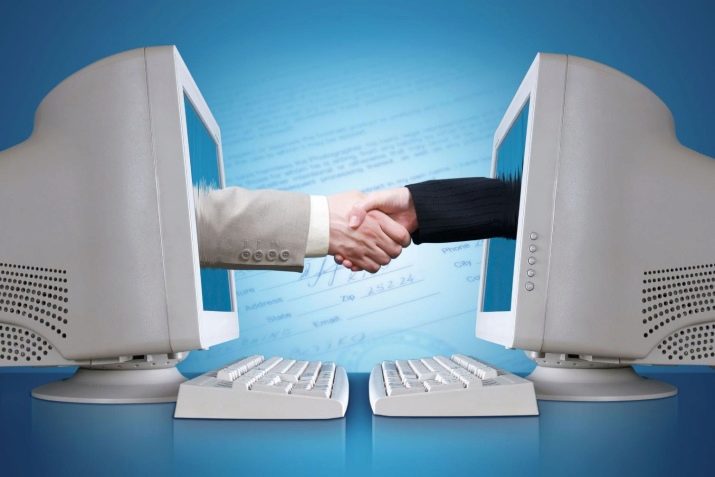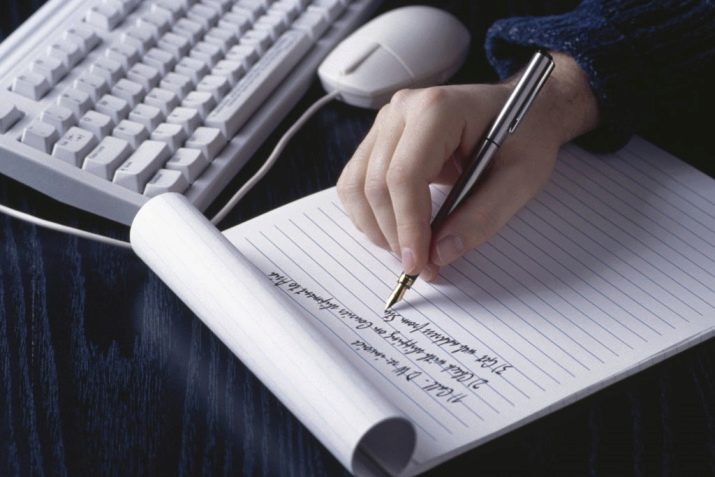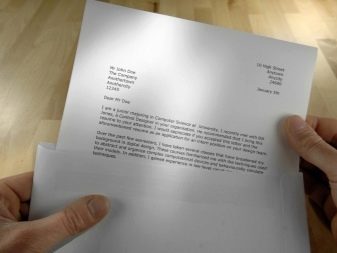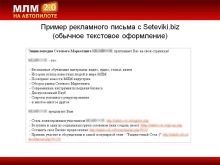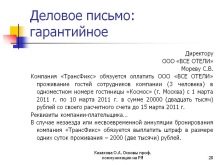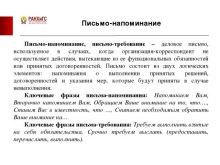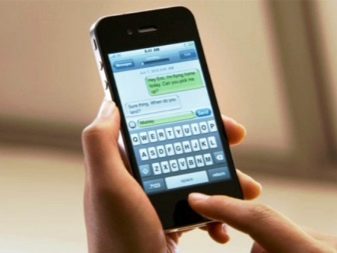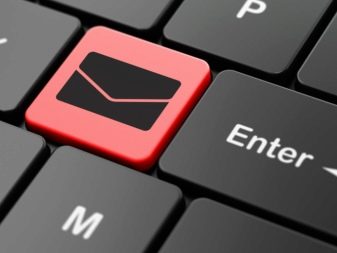Business etiquette

Service correspondence is a very special genre that you must master if you are going to climb the career ladder. Good business writing skills will serve you faithfully: they will help in communicating with subordinates, superiors and partners, will emphasize your education and outlook. Communication style should be restrained, focused, without deviation from the given topic.
Features of business communication
Any communication: both personal and written is interaction with people in order to exchange information, make an impression, come to an agreement. Nothing human is alien to us, we sometimes give free rein to emotions, but in the business sphere there should be no place for the rapid manifestation of our feelings, character traits and temperament.
It is impossible to imagine that at an international meeting the presidents of different countries were singing songs, laughing out loud or expressing personal hostility. At that, there is etiquette to make our life as comfortable and orderly as possible.
An important feature of business communication is that it cannot be interrupted in mid-sentence. For each received letter you need to write a response, even if you do not want it. If you received a call, and you did not have time to pick up the phone, you need to call back. Of course, communication with some people is unpleasant. That is why the list of mandatory qualities of a manager means stress tolerance.
A business meeting, talking on the phone or business correspondence by e-mail will certainly have some kind of purpose. As a result, the parties must come to conclusions, discuss the project, agree on a strategic partnership, and so on.
Email Rules
In writing, there are perhaps more restrictions and conventions than oral ones. Communicating with the interlocutor directly, in person, we can focus intonation on a particular fact, clarify something, if the interlocutor did not understand us. If a speech error is made, we can fix it right away. But in the official letter we must be very clear and precise, so that the words do not imply a double interpretation.
They used to say: “Paper can endure everything,” implying that you can even write unreliable facts. We are of the opinion that You need to conduct business correspondence as honestly as possible. By the way, now paper letters goes ever less. Basically, they are shipped contracts and other documents. In this case, letterhead is used as evidence of the high status of the organization.
Nowadays, in most cases, business correspondence takes place in the virtual space, and it has its own peculiarities. When a dialogue is just beginning, it is customary to write a greeting on etiquette, for example: “Hello, dear Oleg Sergeevich! ". And at the subsequent address during the working day the greeting can be lowered.
Literacy
Written communication, including e-mail, requires compliance with language standards and impeccable literacy. After all, the correspondence will open before the educated interlocutor your spaces. Therefore, we advise you to check written with the help of special services, if you are not quite sure about your own knowledge.
We list the general rules that are required by the ethics of electronic communication. They are quite simple, but many, alas, neglect them:
- the beginning of each sentence is written with a capital letter;
- at the end of the phrase a dot is put so that the meaning of the read is clear;
- it is useful to use a bulleted or numbered list to sort out the problem and suggest solutions;
- for clarity, it is good to use tables, graphs, diagrams;
- Do not try to appear specially intelligent, educated interlocutor, do not complicate simple thoughts with excessive participial and impartial turns;
- the simpler you express your thoughts, the better;
- Although in everyday speech, culture requires avoiding jargon, in a business environment professional jargon and borrowing from English are now considered good form (but do not overdo it!).
Types of business letters
The following types of messages are distinguished:
- promotional offers;
- thank-yous;
- accompanying;
- warranty;
- reminders;
- warnings;
- offers of cooperation.
Their structure is almost the same. As for the volume, the long text looks bad in the body of the letter. It is better to arrange it as a separate file and attach it as an attachment. In this case, in the letter itself, after the greeting, you need to briefly indicate what is being said in the attached file.
Letter structure (start)
In addition to general rules, it is important to know some details of business writing. We present the rules that will be appropriate in most cases.
The beginning of an email is called a header. It is the logo of the organization. It is always useful to have a template with this logo on hand (that is, on the desktop of your computer).
Unlike offline communication, modern rules do not oblige to welcome the addressee, and you can immediately, calling him by name and patronymic, state the essence of the matter. However, many continue to write in the beginning of the message: “Good morning! ", "Hello! ", "Good evening! "Or" Greetings. " And there is no deviation from the norm either.
The requirements for the main part of the letter suggest that it is the meaning of the correspondence. The division of the text into paragraphs is considered good form, a sign of attentive attitude towards the interlocutor. In each paragraph, one or another aspect of the topic is named and disclosed. In addition to identifying the problem, it is customary to suggest ways to solve it. So to say, to disclose a business idea in miniature.
Letter structure (conclusion)
In the final part of the message, both formal and more personal feelings can be expressed. The wording “Regards ...”, “Best regards ...” (“best regards” in English) or a more emotional wish “Have a nice day! ".
In a personal signature, you must indicate the last name and first name (and in some circles, also the middle name). There should also be phone numbers that you can reach: mobile and office city. Recently, an electronic signature with a company logo has come into vogue.
An additional link to the organization’s electronic portal serves as additional advertising and in the future can increase the traffic of this site.
How to send a business message?
Most of the office staff has a very extensive archive of letters in an electronic mailbox. To keep the interlocutor from confusing in a long correspondence, it is recommended to send a letter in the form of an answer. When you click the corresponding plate at the beginning of the subject line, the English abbreviation "Re ..." appears. This is very convenient, because the addressee will immediately remember the course of the correspondence.
You can save the entire history of virtual communication with the interlocutor, and you can leave only the latest or most important quotes. Modern business etiquette requires fairly quick response to letters. After all, behind the working computer, we spend a significant part of our day. In addition, mail can be checked from mobile devices.
If you are worried about whether the letter reached the addressee, use the convenient “Notification of Receipt” function, which is available on almost all mail servers. Thus, you will understand that the letter was scanned.
If the message is of special importance and urgency, then it is allowed to write sms or make a phone call to remind you of the letter.
It is not worth mentioning that a quick response to e-mails testifies to your seriousness and mobility in solving work issues.
Do we need stamps
In the creative community, the use of stamps is not accepted and, moreover, is ridiculed and condemned. But in business correspondence, stamps help reflect standard situations.
It is useful to get yourself a virtual piggy bank of stable expressions and phrases. After all, structured communication, office work, and the solution of formal issues are built on these clichés. For example, sympathy is expressed by the turnover "Unfortunately, we are forced to inform you ...". The feeling of appreciation is reflected in this duty formula: “Thank you for your invaluable contribution ...”. And finally, joy: "We are proud to inform you that ...". But the final phrase: “We count on further fruitful cooperation” expresses hope for further business contacts.
So, we talked about the etiquette of business correspondence. These rules are needed in order to make communication as comfortable and fruitful as possible. Use them, and you will see that your affairs in the service went smoothly!
For more information about the rules of business correspondence, including e-mail, see the following video.






